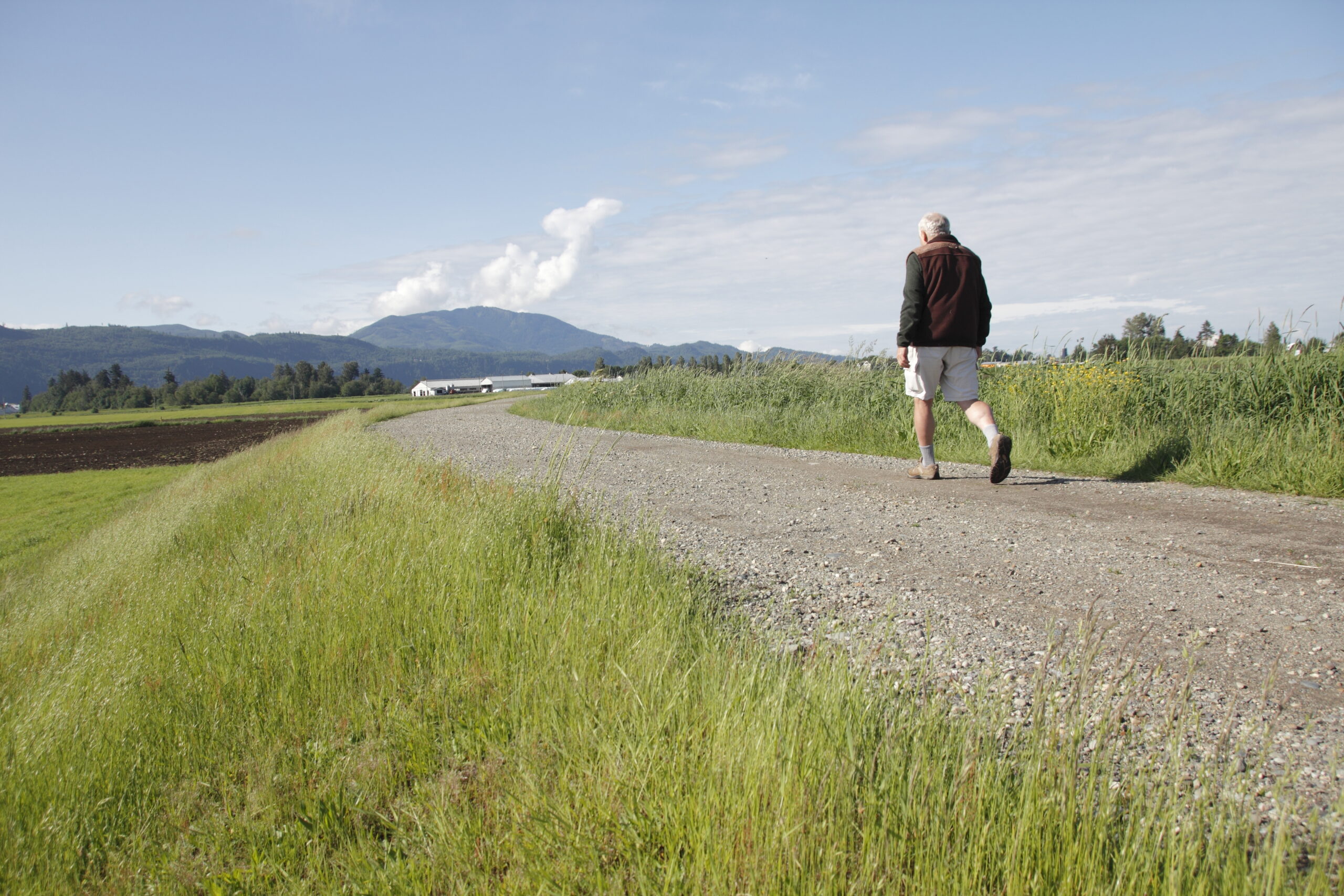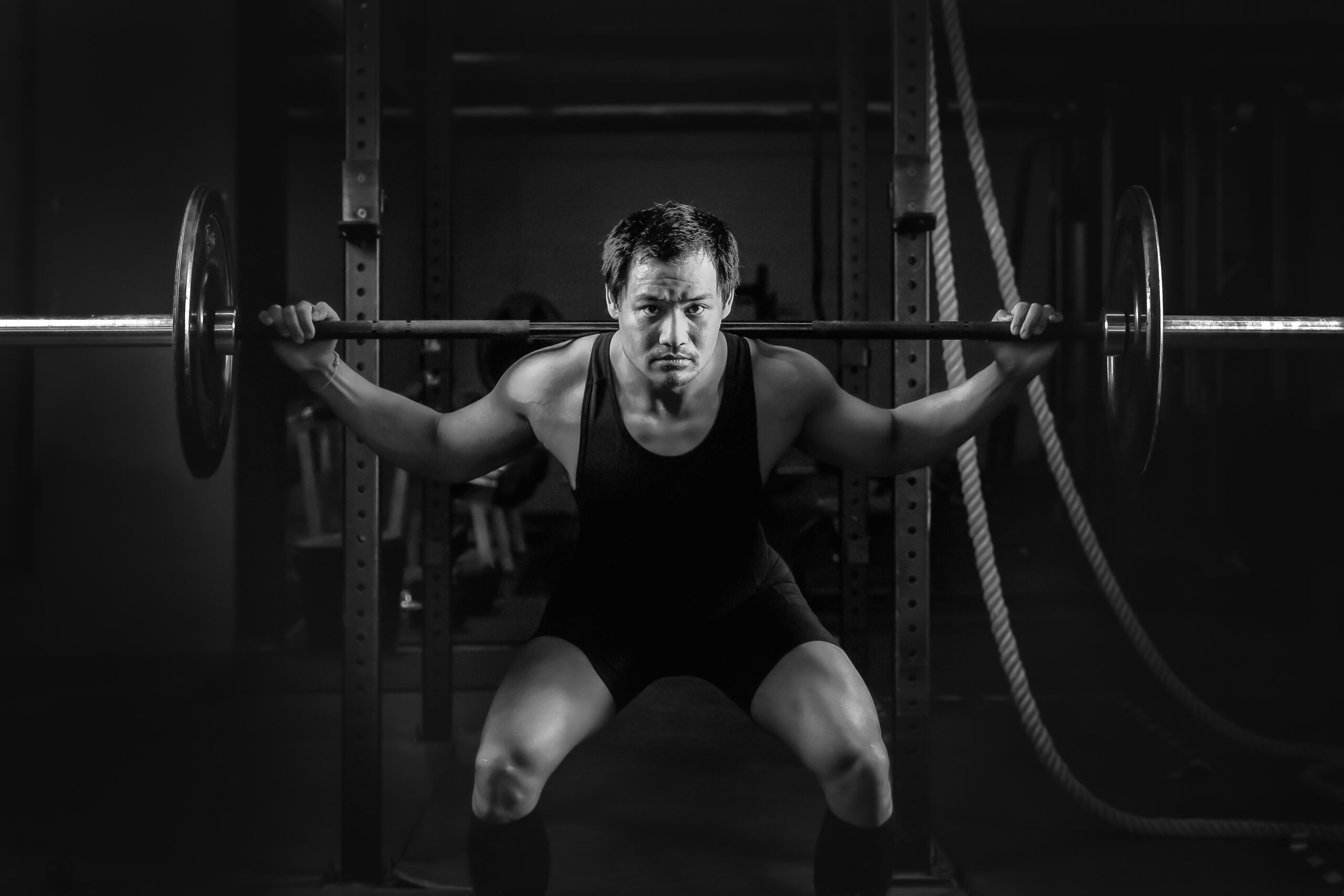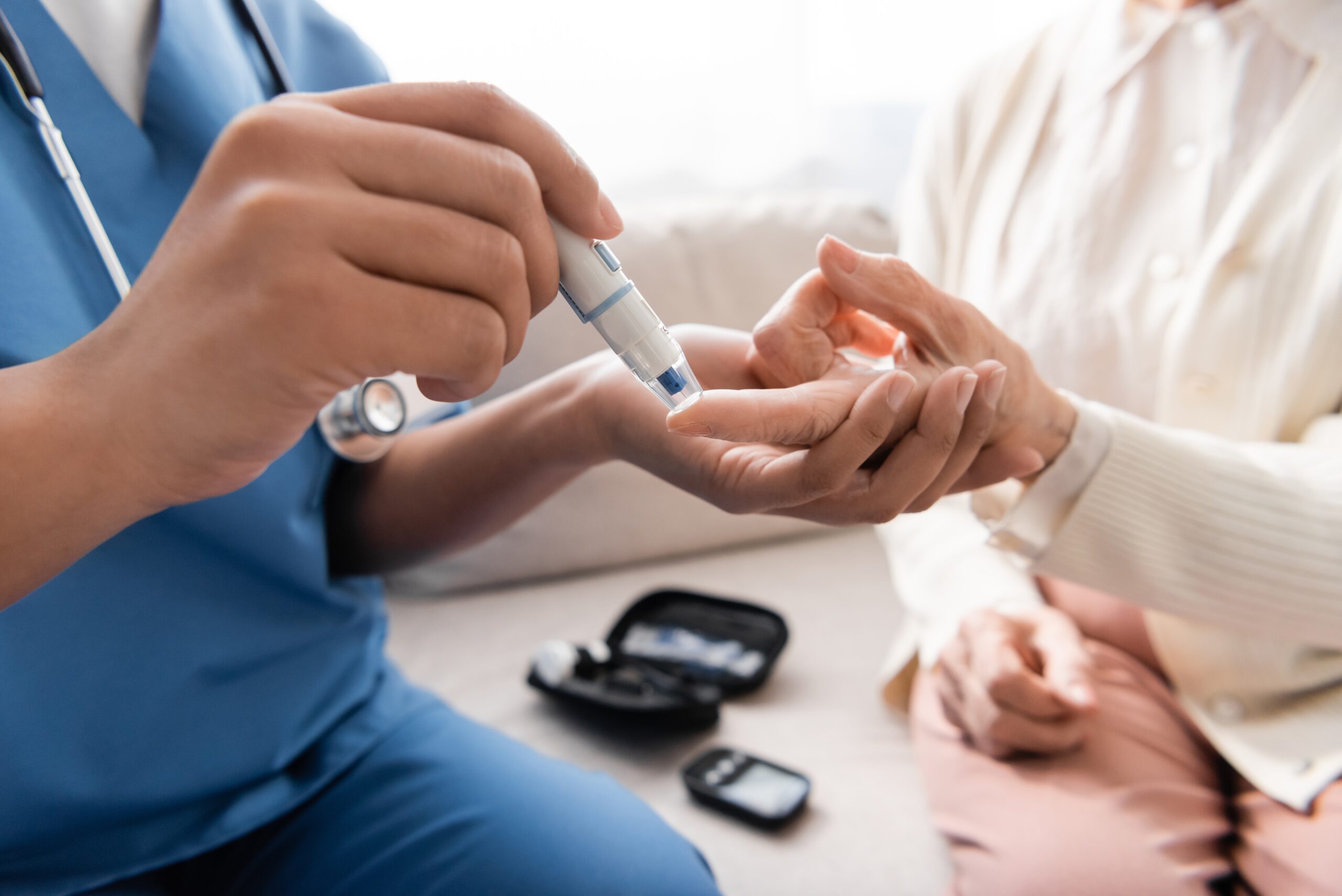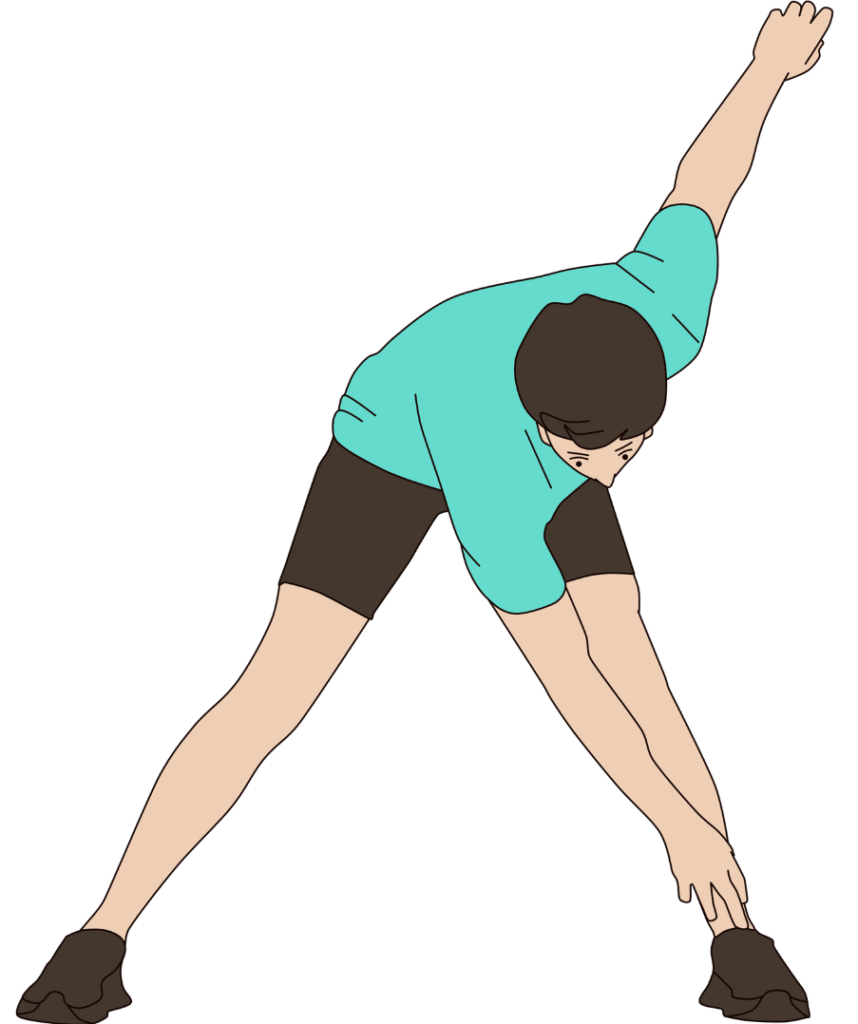If you want to know how thousands of stroke survivors could reclaim their independence with little more than a pair of shoes and a watch, the Walk ‘n Watch protocol may be the answer health care has been missing.
Story Snapshot
- A structured walking program delivered by physical therapists led to dramatically better stroke recovery than standard care.
- The Walk ‘n Watch protocol’s pragmatic design enabled real-world success across 12 Canadian hospitals.
- Objective monitoring with heart rate and step counts ensured safe, high-intensity rehabilitation.
- The protocol’s safety and scalability position it for national and international adoption.
Canadian Hospitals Test Walking’s Power in Stroke Recovery
Across Canada, 12 rehabilitation hospitals became living laboratories between 2021 and 2024, as they put a simple but radical idea to the test: could a structured, therapist-supervised walking program deliver better outcomes for stroke survivors than the scattershot approaches of the past? The Walk ‘n Watch protocol, designed and led by Dr. Sue Peters and her team, didn’t rely on fancy equipment or a radical new drug. Instead, therapists guided patients through daily, progressive walking sessions, using heart rate monitors and pedometers to ensure the right intensity and repetition. The protocol, unlike past research confined to academic clinics, played out on the wards of real hospitals, with all the chaos, diversity, and resource constraints that entails.
Patients in the trial showed not only greater improvements in walking endurance and speed, but also in balance, mobility, and quality of life compared to those receiving “usual care.” The results, published in July 2024 in The Lancet Neurology, were the culmination of a rigorous, cluster-randomized, stepped-wedge trial—a mouthful that simply means hospitals gradually switched from standard care to the new protocol, letting researchers see the difference in outcomes as each site changed course. For stroke survivors and their families, the implications are enormous: more walking, more often, in a safe and structured manner, can mean the difference between regaining independence or remaining dependent on caregivers.
Why Most Stroke Rehabilitation Falls Short—And How Walk ‘n Watch Changes the Equation
Traditional stroke rehabilitation has long been criticized for being insufficiently intense and not focused enough on real-world walking. Guidelines have called for high-dose, task-specific walking for years, but most hospitals have struggled to deliver. Therapists often face overwhelming caseloads, inconsistent training, and a lack of objective tools to measure patient effort. The Walk ‘n Watch protocol addressed these barriers head-on. By arming therapists with objective data—heart rate monitors and step counters—the program made it possible to tailor intensity to each patient’s capability and progress, ensuring everyone hit the “sweet spot” for neuroplasticity and recovery.
The stepped-wedge design of the trial wasn’t just academic window dressing; it allowed for a seamless transition from old habits to new best practices, making it clear that the protocol could thrive outside the rarefied air of specialist centers. No serious adverse events were attributed to the protocol, and therapists reported it was easy to implement without extra staff or expensive gadgets. The real genius, some experts say, is that Walk ‘n Watch didn’t replace therapists’ clinical judgment but augmented it, empowering them to deliver the right dose of walking at the right time for each patient.
Implications for Patients, Families, and Health Systems
For the 62,000 Canadians who experience a stroke each year—and millions more worldwide—the prospect of a more effective and scalable rehabilitation solution is transformative. Survivors who regain the ability to walk independently are not just less likely to require costly long-term care; they’re more likely to return to work, participate in their communities, and avoid secondary health complications. Families benefit from reduced caregiving demands, and health systems see savings through shorter hospital stays and fewer readmissions.
The trial’s national scope and diverse participant population give its findings a weight that single-center studies simply can’t match. While COVID-19 did create some recruitment and data collection challenges, the core message rang clear: structured, high-intensity walking is both safe and superior to current practices for many stroke patients. As policymakers and hospital administrators pore over the findings, the protocol’s minimal resource requirements and adaptability make it an attractive candidate for widespread rollout—not just in Canada, but potentially around the globe. The Walk ‘n Watch protocol may soon become the new standard, as health systems look for proven, cost-effective ways to help stroke survivors return to life on their feet.
Sources:
The Lancet Neurology publication
Neurorehabilitation Research Program at UBC








